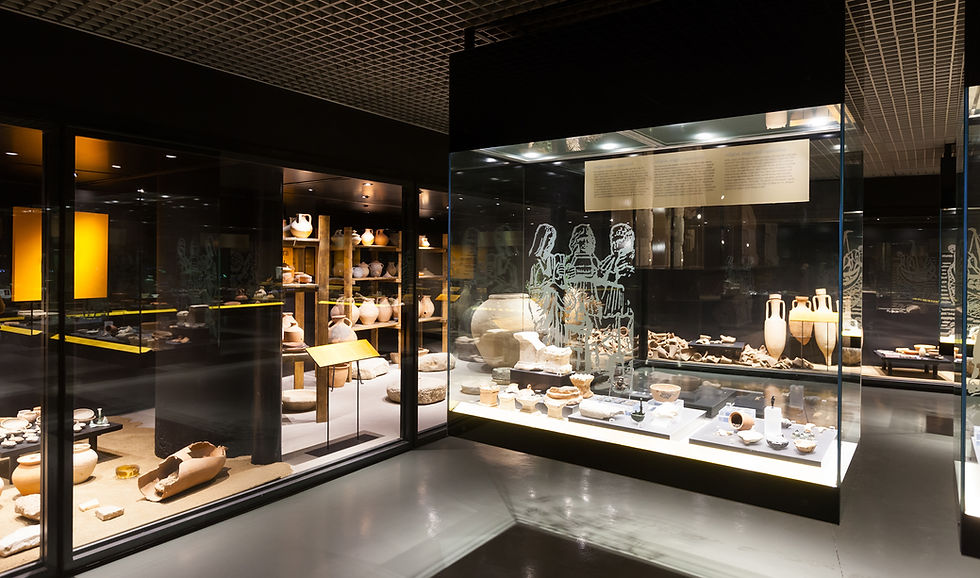Archives
from the Margins
Engaging with Community Archives
Claudia Annette Portillo, MA
Business Admin & Latin American Studies
SFSU & CalStateLA






Community-based archives include individual and family collections in their records to place value in cultural experiences outside the dominant national narrative.

The Central American Historical & Ancestral Society of California
(Courtesy Portillo Collection)

Defining Community Archives
CAHAAS collects, preserves, and shares Central American heritage and voices that represent our diverse diaspora experiences to expand the U.S. dominant narrative for a more inclusive and just society.
Community-based Archives: "collections of material gathered primarily by members of a given community and over whose community members exercise some level of control... The defining characteristic of community archives is the active participation of a community in documenting and making accessible their history of their particular group and/or locality on their own terms."
Flinn et al, 73 [Quoted by Dr. Michelle Caswell in Activating archives: What community archives
can teach us about autonomy and reparation]

HOW WE ARCHIVE
COLLECTING
.jpg)
PRESERVING

SHARING

"SAADA is run entirely on a post-custodial model such that, rather than accept physical custody of records, SAADA borrows records from individuals, families, organizations, and academic and government repositories, digitizes them, describes them in a culturally appropriate manner, links them to related materials in the archives, and makes them freely accessible online to anyone in the world with an internet connection."
Dr. Michelle Caswell

Engaging Community-centered Archives
Community-centered Archives: collections of documents, images, and other materials about people who are not usually represented in traditional academic and government-run institutions.
UC Irvine & California Digital Library



Cindy Mata
_edited.jpg)

Ester E. Hernández


Michelle Caswell


Christine E. Sleeter
UCI History Project
Why We Archive
CalState LA Anthropology
Educator & Activist
UCLA Archival Studies
Critical archives challenge traditional archival practices by questioning the power dynamics inherent in the creation, organization, and access to archives. This approach seeks to uncover and address issues of representation, authority, and bias within archival collections, with a focus on marginalized voices and histories with the idea to promote inclusivity, social justice, and accountability within archival practice.

-
Critical Archives are political
-
Critical Archives are activism
-
Critical Archives are inclusive

Plan Your Exhibition
Exhibitions, featuring tangible artifacts, and organized around research questions, are powerful formats for creating and sharing knowledge.
- Carleton
Five Points to Consider
1. Purpose: In what ways does an exhibition format suit your assignment goals? What visual story do you want to tell with the exhibition? What do you want students to learn?
2. Planning: How can you find the people and resources (support, skills, funds) you need? What models can help you make decisions about the scope of the project? What time is needed to plan, design, hang, and strike the exhibition?
3. Audience: Who will see it? How will the exhibition be advertised and presented? What do you want the audience to learn from the exhibition?
4. Labels: Who will write them, and how will they learn that skill? Do the labels convey the purpose of the exhibition, and help the objects speak?
5. Design Is the exhibition aesthetic, inviting, and informative? Does each object tell a compelling story?
- Carleton
